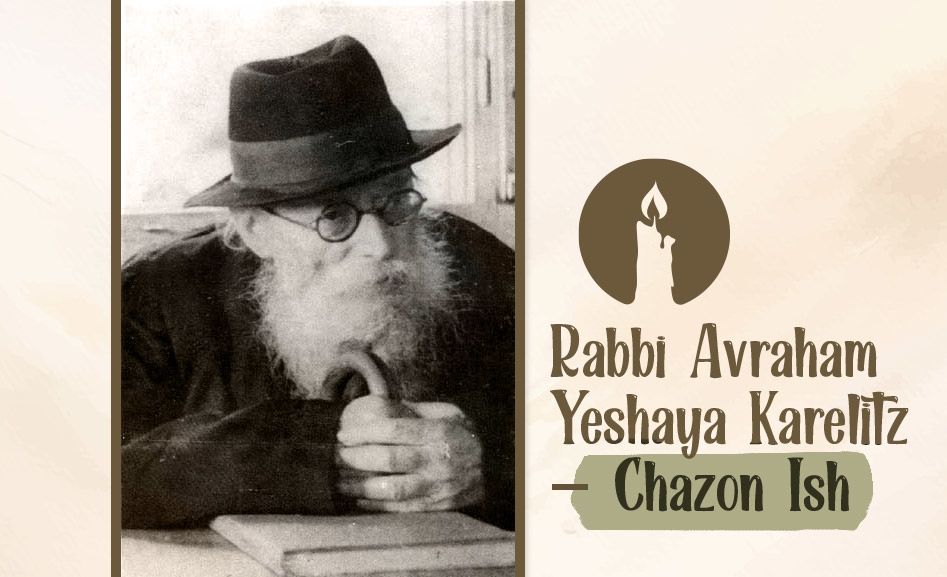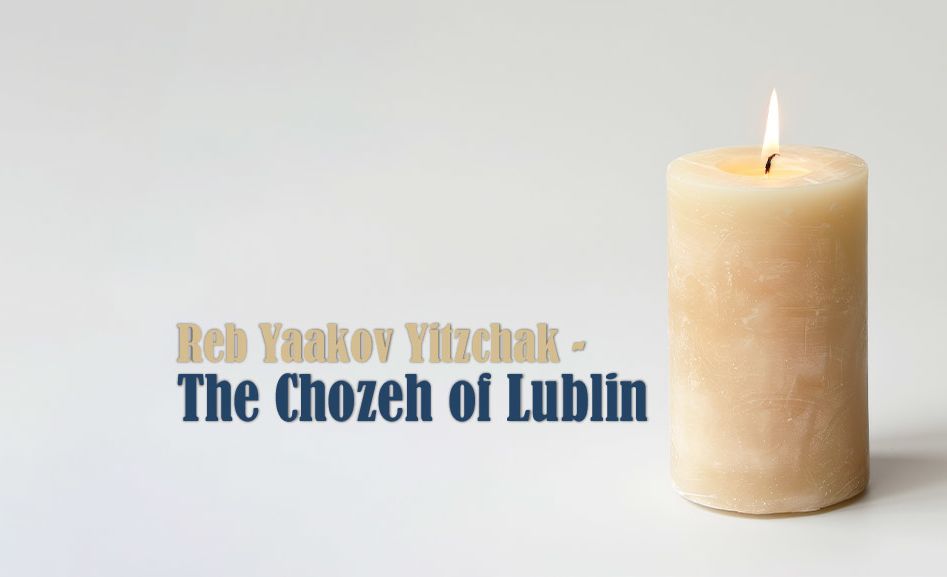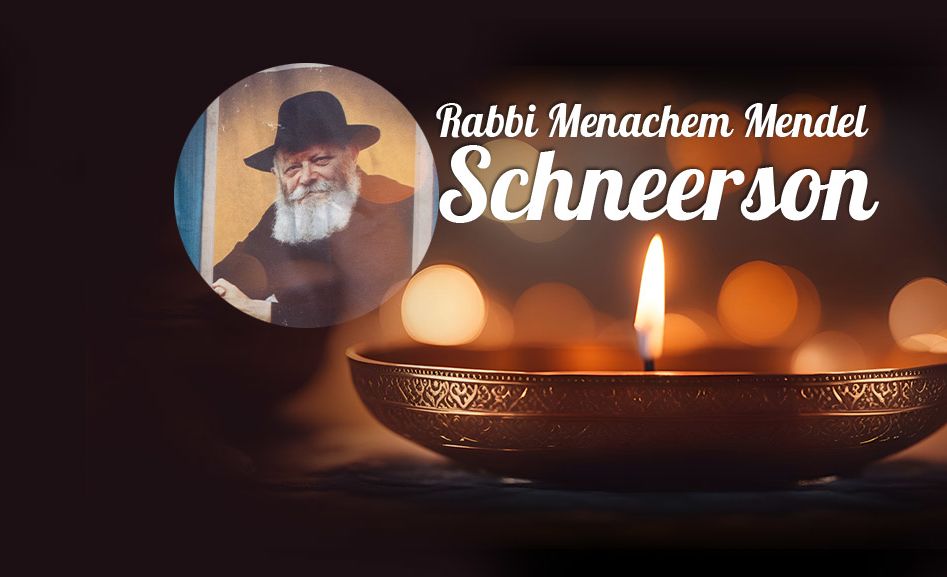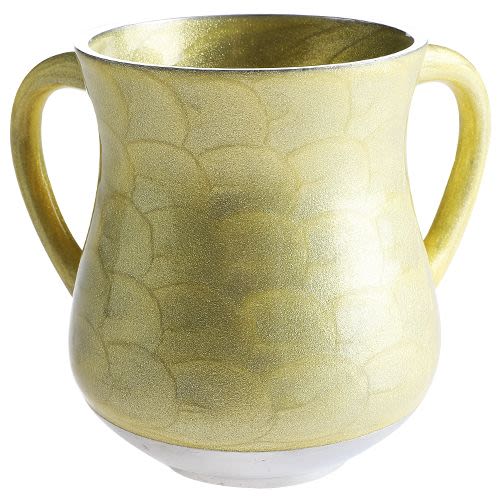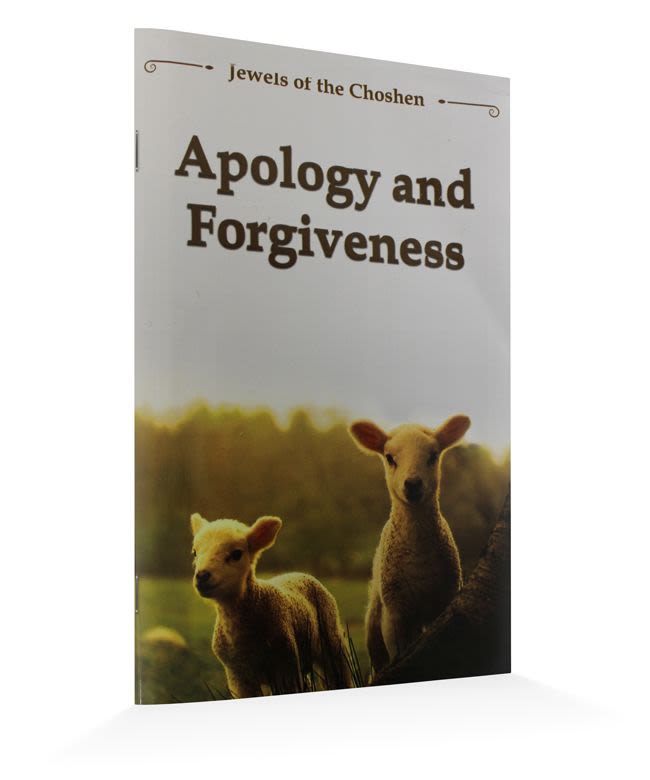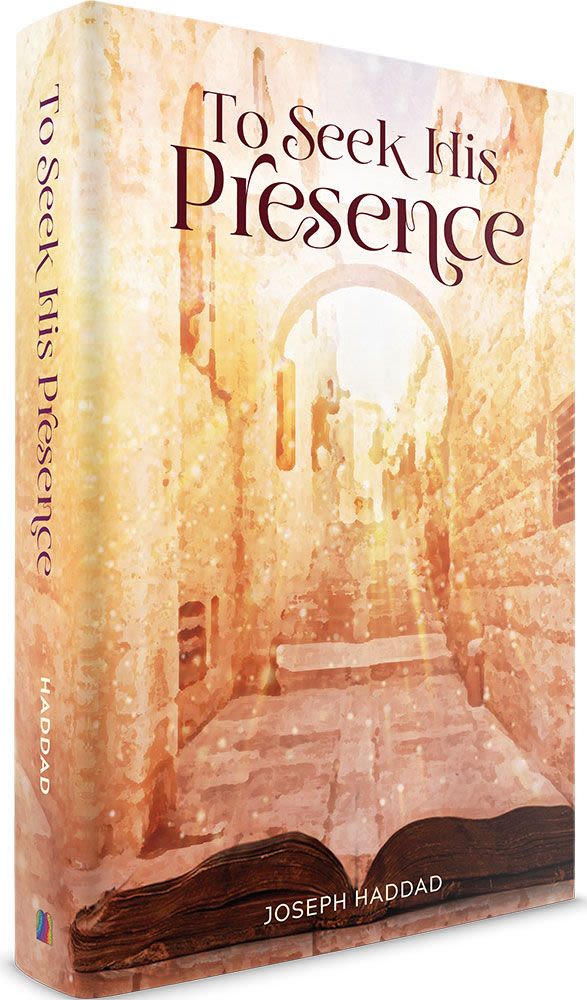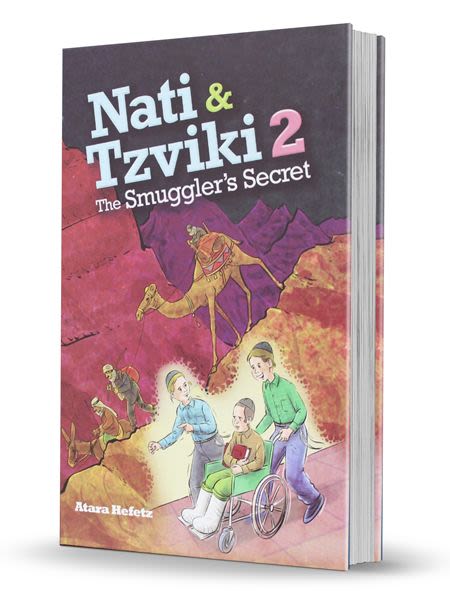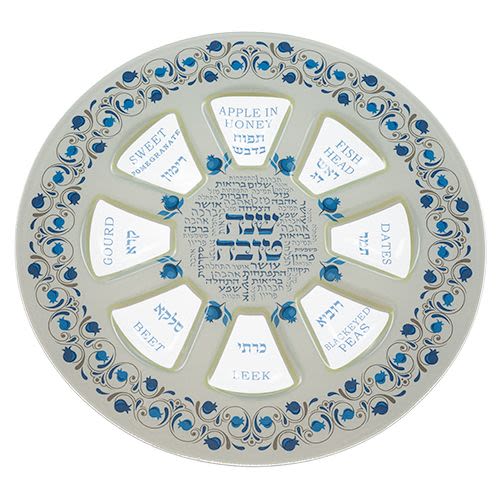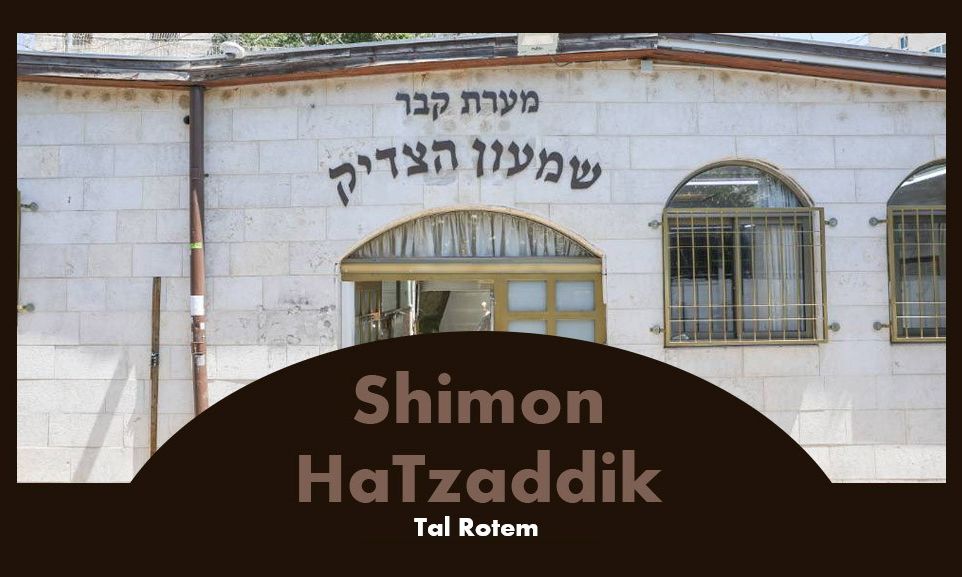
Shimon HaTzaddik
Date of Passing: 29-Tishrei. Just a few minutes walk from the Chut Shel Chesed Yeshiva is the holy grave site of Shimon HaTzaddik…

Shimon HaTzaddik, or Shimon the Just, lived at the turn of the 4th to 3rd Century BCE, a contemporary of Alexander the Great. He was the last of the Men of the Great Assembly (see Avot 1:2), and a direct descendant of the High Priest (Cohen HaGadol) Yehoshua ben Yehotzedek. Shimon HaTzaddik is considered the first of the great scholars following the final signature of Tanach in the days of the prophets Ezra and Nehemia, when the Jewish People returned to Zion from the Babylonian exile.
The Gemara (see Yoma 69a) tells a moving account of Shimon‘s encounter with Alexander the Great. After Alexander and his army arrived in Israel, the “Chutim” or Samaritans, maliciously informed him that the Jews were revolting against Greece. They asked Alexander to help them destroy Jerusalem and the Holy Temple.
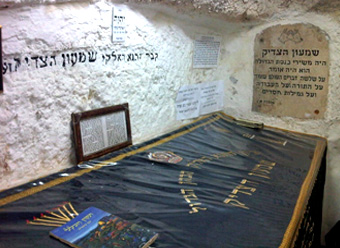
The holy grave site of Shimon the Tzaddik. Image ©Tal Rotem and Breslev Israel
Shimon dressed up in the ceremonial white garments of the High Priest. Accompanied by the other priests with torches in their hands, they walked to greet the visiting Greek emperor. As Alexander was ascending to Jerusalem, he saw Shimon walking on the eastern horizon. Immediately, his dismounted his steed and bowed down before the High Priest. The Greek Generals were disgusted and astonished: “Your Majesty, why do you prostrate yourself before a Jew?”
According to the ancient sage and historian Ben Sira, Shimon the Tzaddik saved Israel from her enemies on more than one occasion. He also fortified the walls of Jerusalem. Ben Sira also described Shimon the Tzaddik’s exit from the Holy of Holies on Yom Kippur in beautiful imagery, “As the image of a rose shimmering on a crystal goblet in the sunlight.”
The Midrash tells that Shimon the Tzaddik served as High Priest for forty years. Many miracles happened in his time according to the Gemara (see Yoma 39a), amongst which was the total forgiveness that Hashem gave the Jewish people during Shimon‘s time as signified by the western candle of the Menorah in the Holy Temple that was never extinguished. The Mishna tells that Shimon HaTzaddik prepared two of the seven red heifers that were prepared in the Second Temple since the time of Ezra. Also during his reign as High Priest, the rituals of Kiddush and Havdalah were initiated, blessings were formulated over various kinds of food, and the reading of the Haftarah was added to the Shabbat and Festival services.
Shimon HaTzaddik’s most well-known saying is, “The world stands on three things – on Torah, on Divine service (prayer – TR), and on charitable deeds” (Avot 1:2). His prime disciple was Antigonus Ish Socho.
Shimon HaTzaddik once told the other sages that he would die that particular year. They asked, “How do you know?” He answered that every year before he exited the Holy of Holies on Yom Kippur, he’d see the image of a benevolent old man dressed in white. But this year, the image of an old men dressed in black entered the Holy of Holies with him, but did not leave. After the High Holidays, he fell ill for seven days and died (see Menachot 109b).
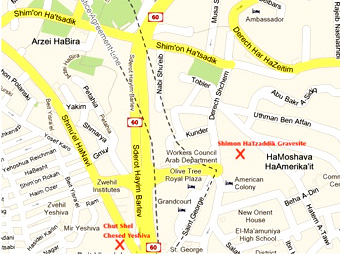
Today, the grave site of Shimon HaTzaddik is a wonderful place to go, known to be conducive for one’s prayers to be answered. Many Jerusalemites perform the Chlakeh ceremony, or first haircut of a three year-old Jewish boy where his long locks are cut and his side-curls preserved, there. The tomb is only a 12-minute walk from the Chut Shel Chesed Yeshiva, frequented often by Rabbi Shalom Arush and his students.
May Shimon HaTzaddik’s holy memory intercede in our behalf in these difficult times before the imminent coming of Mashiach, amen!


